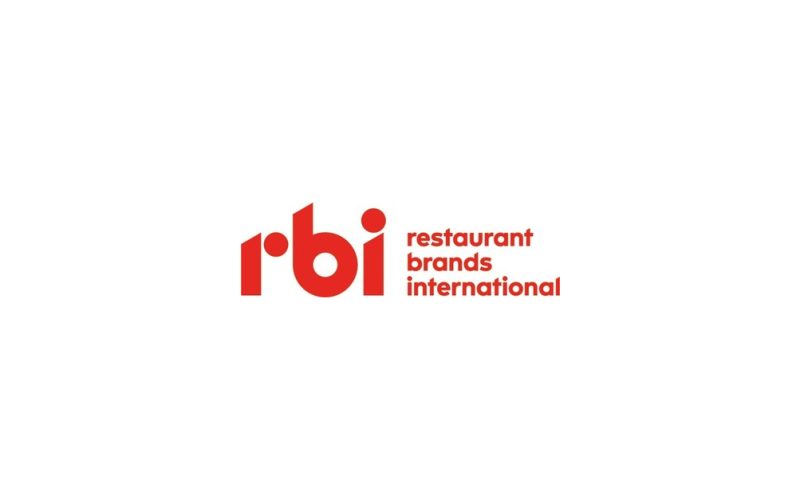The SIA Food and Beverage Sector continues to sit near the bottom of the unfavored zone within the SIA Sector Matrix. Stocks in this group have generally underperformed relative to benchmark index returns, and Restaurant Brands International (QSR.TO) remains a notable example.
Year-to-date in 2025, shares of QSR.TO are down -5.90%, with a -10.49% decline over the past quarter. Of that, -7.00% has occurred in just the last month. This sustained underperformance is reflected in the SIA Matrix Position Table, where QSR.TO has remained in the red zone since early 2024 when it first entered unfavored territory.
The first attached weekly candlestick chart shows a flat-to-slightly-downward trend in the share price, illustrated by the black line. This long-standing sideways movement has resulted in opportunity cost for investors holding the stock. Support levels are marked in light green on the chart, just above the $80 and $60 price zones. Despite weaker price action and declining trading volume, the stock continues to hold within a two-year trading range.
Restaurant Brands International (RBI) is one of the world’s largest quick-service restaurant companies, owning well-known brands like Burger King, Tim Hortons, Popeyes, and Firehouse Subs. While the company benefits from global scale and a franchise-heavy model that lowers direct operating risk, it also carries a high level of debt. As of early 2025, RBI reported approximately $14 billion in total debt, with only $1 billion in cash on hand. This leaves the company heavily reliant on steady cash flow from its restaurant network to service debt and support growth initiatives—an increasingly important factor in light of last week’s weak jobs report and ongoing inflationary pressures.
As is often the case, the SIA Point and Figure chart provides a more specific view of support and resistance levels. The first green line marks long-term support at $84.62, a key level that, if breached, could result in a bearish continuation pattern defined as a combined double/triple bottom breakdown. In that case, the next identified support zone lies between $68.06 and $66.72, with a potential long term positive trend-level reference point around $55.
On the upside, resistance begins near the short-term negative trend line at $93, with additional levels observed between $85 and $100, including specific levels at $101.13 and $107.32.
Shares of QSR.TO currently carry an SIA SMAX score of 1 out of 10, reflecting low relative strength compared to a broad set of SIA alternative asset classes.
Disclaimer: SIACharts Inc. specifically represents that it does not give investment advice or advocate the purchase or sale of any security or investment whatsoever. This information has been prepared without regard to any particular investors investment objectives, financial situation, and needs. None of the information contained in this document constitutes an offer to sell or the solicitation of an offer to buy any security or other investment or an offer to provide investment services of any kind. As such, advisors and their clients should not act on any recommendation (express or implied) or information in this report without obtaining specific advice in relation to their accounts and should not rely on information herein as the primary basis for their investment decisions. Information contained herein is based on data obtained from recognized statistical services, issuer reports or communications, or other sources, believed to be reliable. SIACharts Inc. nor its third party content providers make any representations or warranties or take any responsibility as to the accuracy or completeness of any recommendation or information contained herein and shall not be liable for any errors, inaccuracies or delays in content, or for any actions taken in reliance thereon. Any statements nonfactual in nature constitute only current opinions, which are subject to change without notice.













